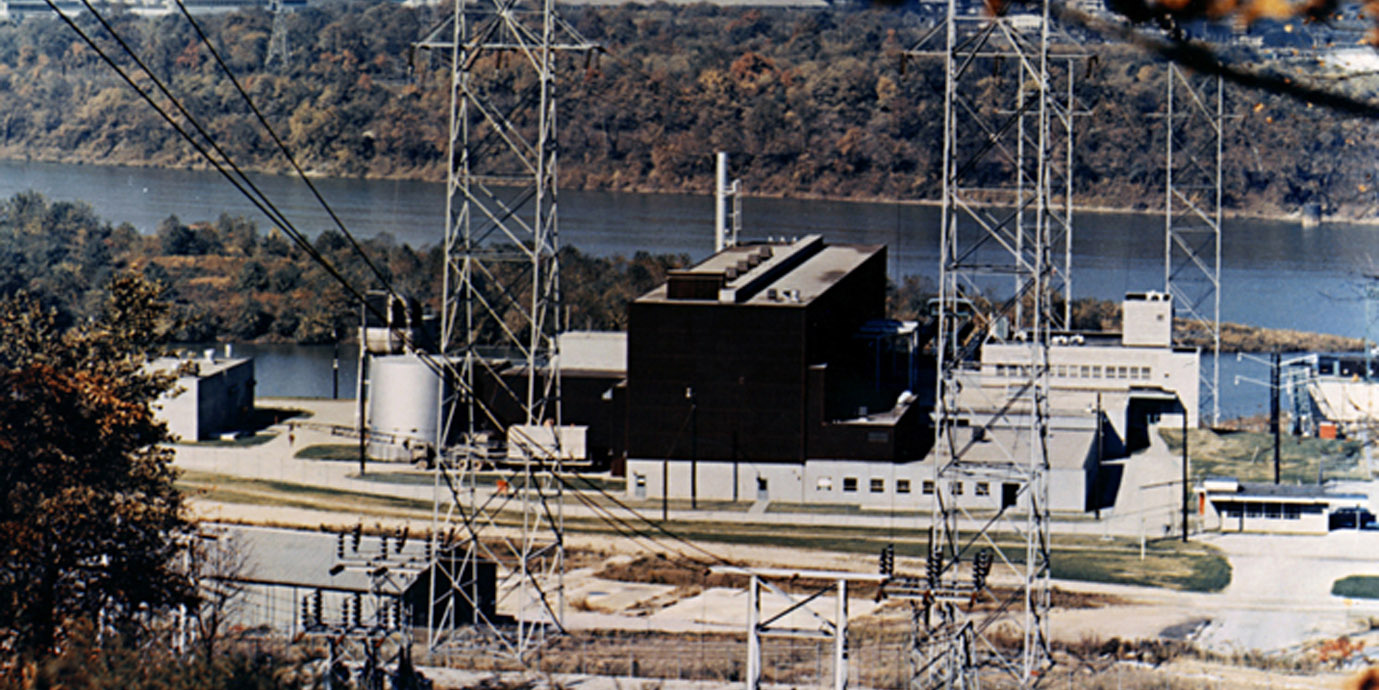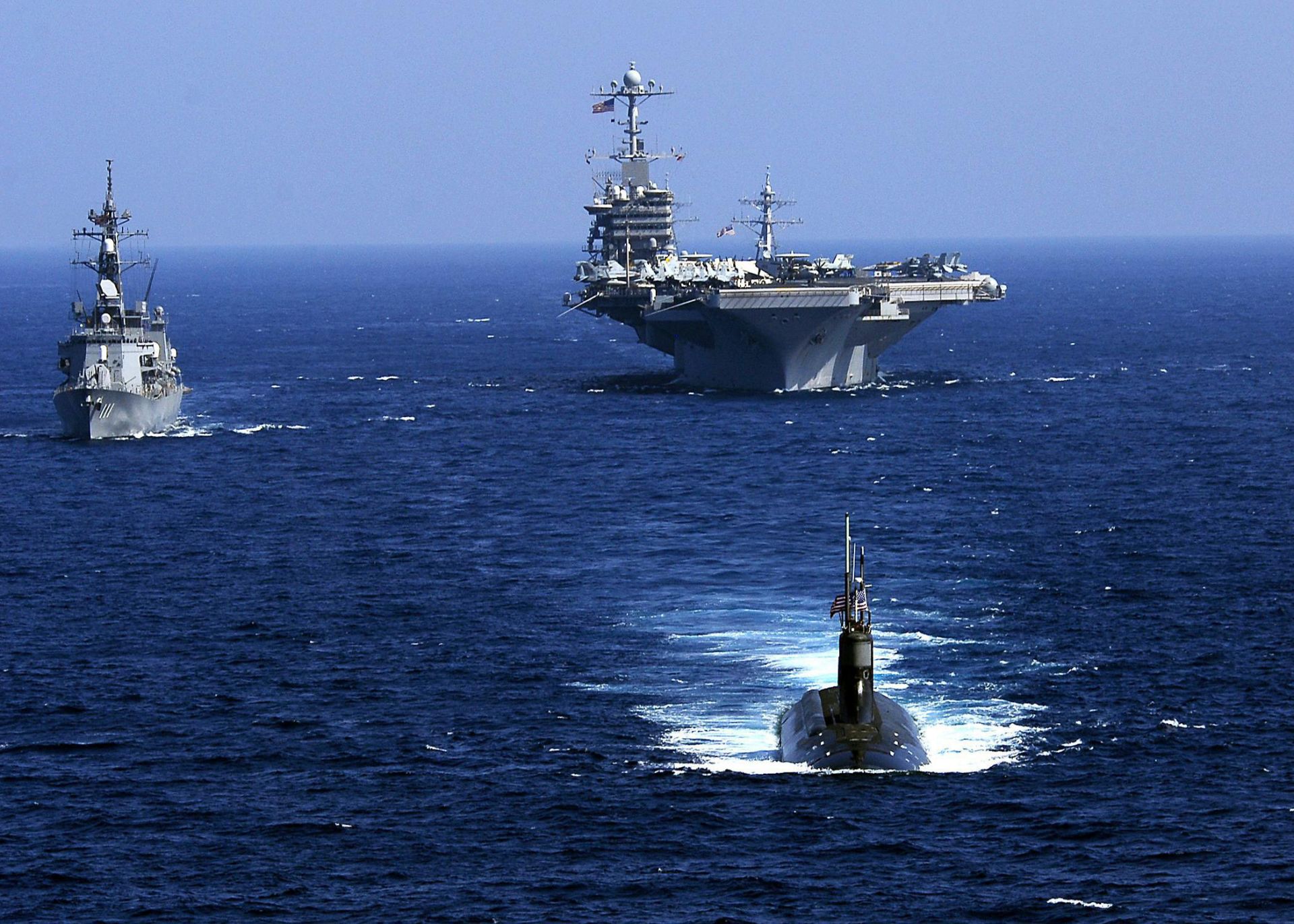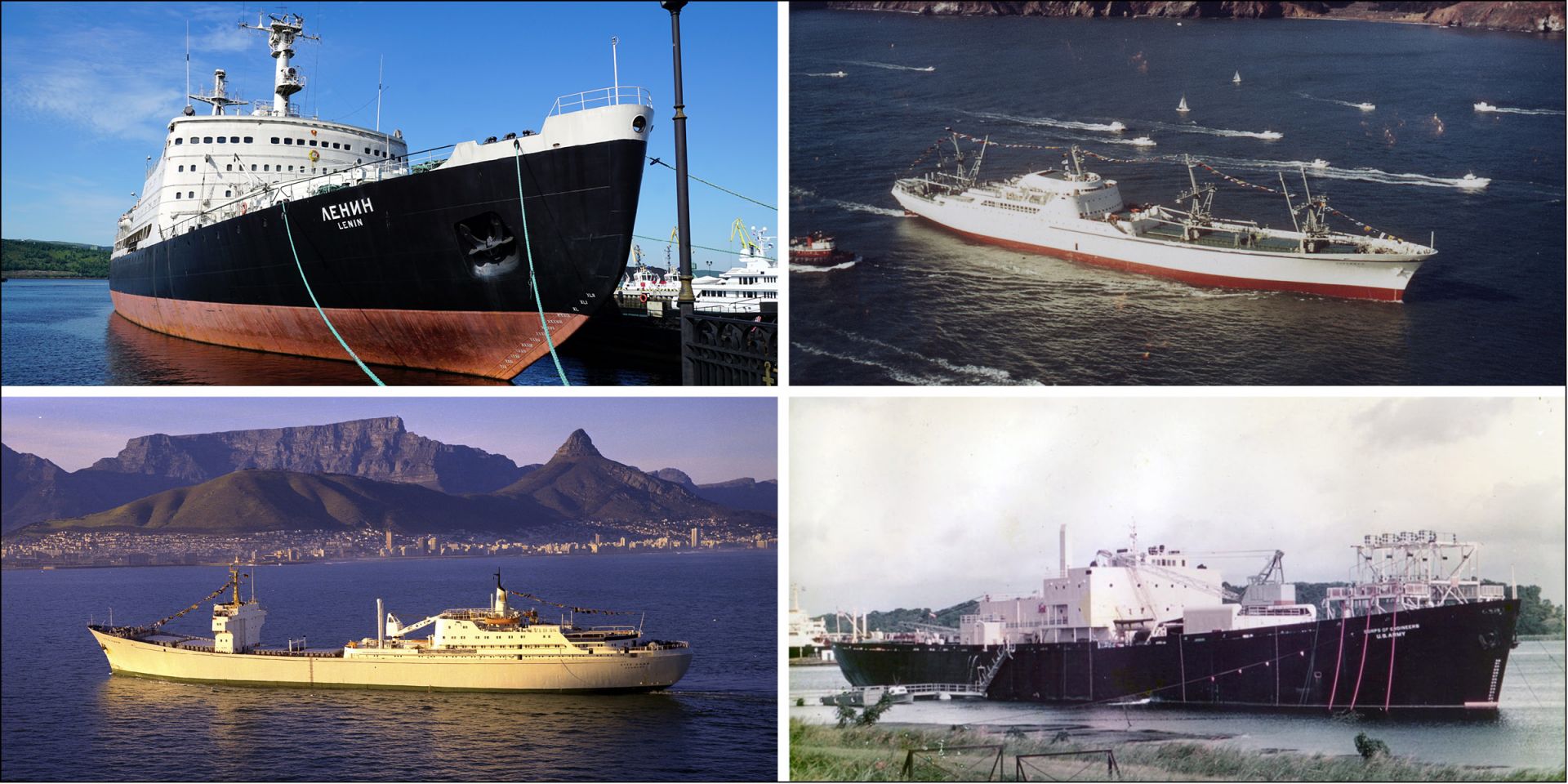The Shippingport Atomic Power Station in Shippingport, Pa., the first full-scale nuclear power generating station in the United States, began operating in 1957.
Serving as the world’s first scalable nuclear power plant, Shippingport Atomic Power Station led the way for today’s nuclear generation fleet. Shippingport was centrally located roughly 25 miles from Pittsburgh, Pa., to provide electrical generation for many end-users. Shippingport also served as an experimental reactor that allowed engineers and designers the ability to test different core designs, and as such, the site housed additional testing equipment otherwise not commonly seen. The primary goal of Shippingport was always to generate electricity; however, its ability to function as an experimental reactor served utilities in further development of scalable nuclear generation.
America’s nuclear navy presently has 86 nuclear-powered submarines and aircraft carriers. All of them, and their predecessors over the last 60 years, have performed flawlessly, protecting America as well as their crews. Here, the nuclear submarine USS Seawolf leads the nuclear-powered aircraft carrier USS Nimitz and the conventionally powered Japan Maritime Self-Defense Force destroyer JS Oonami DD 111 during exercises in 2009. (Photo: United States Navy)
Just this last April, President Biden officially commissioned the USS Delaware, a new Virginia-class nuclear attack submarine, the 18th built in that class and the eighth and final Block III Virginia-class submarine. (The Delaware was administratively commissioned in April 2020, but the COVID-19 pandemic caused delay of the ceremony for two years.)
The young Jimmy Carter, years before his presidency. (Click to view entire graphic.)
Jimmy Carter is trending on Twitter this week because of his ties to nuclear power. Carter, the 39th president of the United States, was a member of Rickover’s nuclear navy about 70 years ago when he was assigned to help in the aftermath of an accident at the Chalk River Laboratory in Ontario, Canada.





